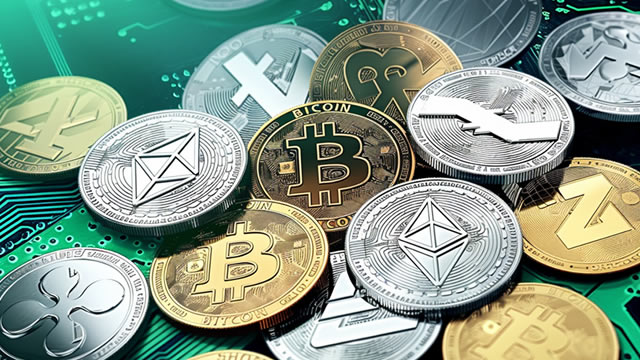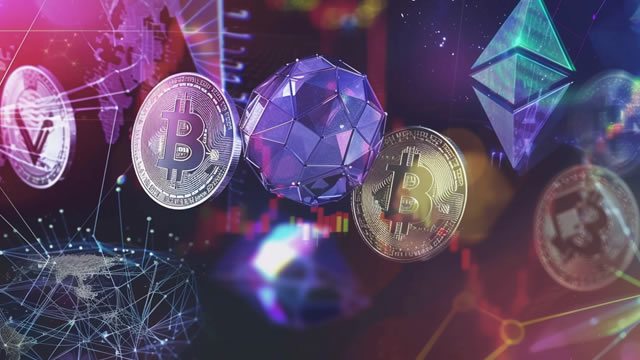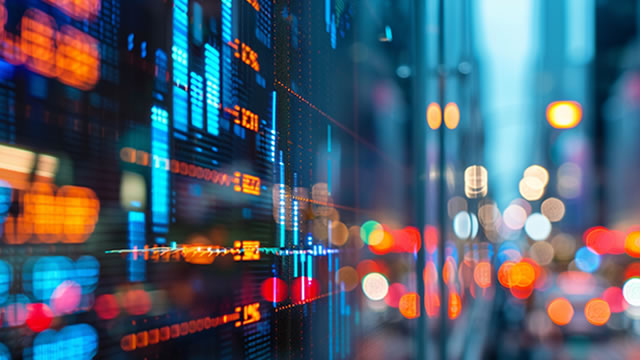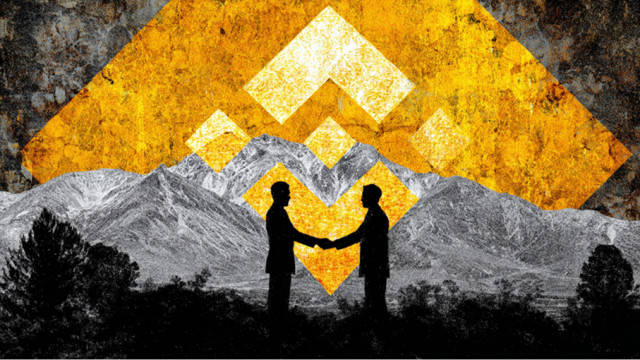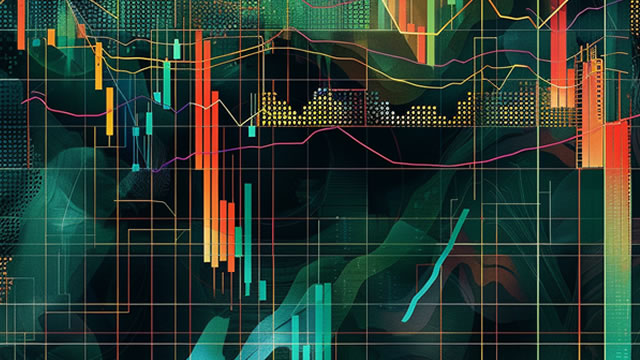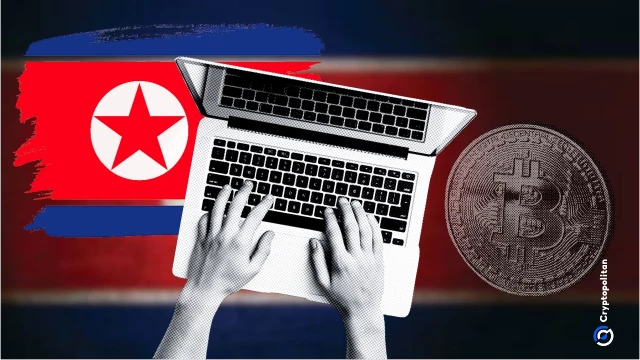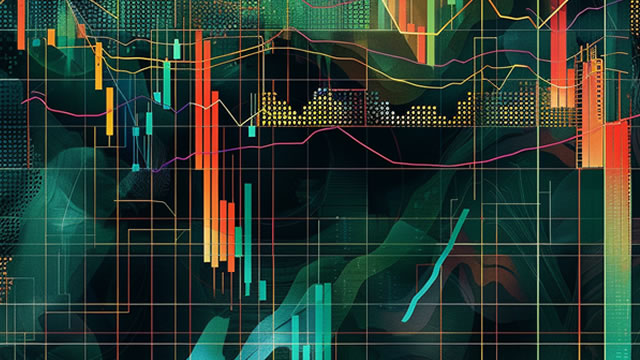
Tokenization needs guardrails, not just innovation
Tokenization needs guardrails, not just innovation

Real-world asset tokenization needs compliance frameworks and verified ownership checks built into the infrastructure to prevent fraud and build institutional trust.
Article Summary
**Cryptocurrency Industry Pushes for Enhanced Tokenization Regulation as Real-World Asset Market Expands** The rapidly growing real-world asset (RWA) tokenization sector requires robust compliance frameworks and verified ownership protocols to combat fraud and attract institutional investors, according to industry experts. As blockchain technology transforms traditional asset management, the cryptocurrency market faces mounting pressure to implement comprehensive guardrails alongside innovation. Tokenization of physical assets—from real estate to commodities—has emerged as a major DeFi trend, promising increased liquidity and accessibility. However, the absence of standardized verification systems poses significant risks to Bitcoin and broader cryptocurrency adoption among institutional players. Financial institutions remain cautious about entering the tokenized asset space without proper regulatory oversight. Industry analysts emphasize that successful RWA tokenization platforms must integrate compliance infrastructure directly into their blockchain protocols rather than treating regulation as an afterthought. This approach could unlock trillions in traditional assets for the cryptocurrency ecosystem while maintaining investor protection standards. The push for enhanced tokenization guardrails signals the crypto industry's maturation as it balances innovation with institutional requirements, potentially driving mainstream blockchain adoption across traditional financial markets.
